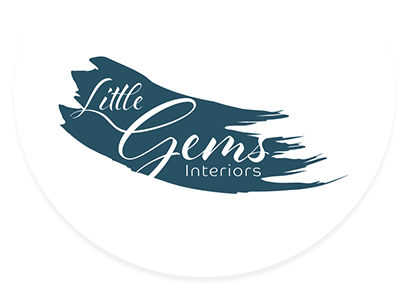
The simple vintage look is synonymous with Annie Sloan Chalk Paint™ and it’s a great technique to try if you are just starting out.
Sometimes dubbed ‘shabby chic’ the final results can be much more refined than that, helping to bring old, unloved items of furniture back into use while highlighting the details that make them unique.
Your aim is to make your final piece look slightly more rustic, worn and well used. It’s a look which fits perfectly with the French farmhouse style and Suffolk cottage style and it’s becoming increasingly popular.
This simple look is perfect for items such as pine tables and dressers, and with Annie Sloan Chalk Paint™ it’s easy to achieve brilliant results.
Alongside your paint, you will also need a round bristled Chalk Paint™ brush, light or medium grade sandpaper, wax and a lint free cloth.
One of the real benefits of Annie Sloan Chalk Paint™ is you don’t have to spend hours sanding and priming your furniture before you begin to paint, especially for this technique.
As Annie Sloan Chalk Paint™ is water based it can thicken up quite quickly, so start by pouring a small amount into a bowl or tub and replacing the lid on the pot for later. Use your brush to apply a coat of paint all over, moving the brush in all directions.
Once dry, you can then choose to carry out a light distress to achieve that worn look, allowing the grain of the wood to show through the paint in areas which would naturally wear.
There are two main ways to do this. The first is to use fine or medium grit sandpaper to lightly sand back the paint. Beware though, as this technique can end up looking a little scratchy.
The second technique is called a wet distress, which means you lift some of the paint back off with a damp cloth, giving a much softer, more blended feel. The paint doesn’t have to be completely dry before you wet distress but it is best to leave it for around an hour and a half so it has started to adhere to the furniture.
Of course, if you prefer you can do both! Start by using sandpaper and then blend in with a damp cloth.
Often distressing is the point where beginners trip up, as there is a temptation to distress in places where the piece of furniture wouldn’t naturally wear. With a bureau for example rather than working on the top or the panel that flaps down, instead concentrate on the areas around handles, edges and legs. Mouldings and cornices are great to work on too as these would wear quite nicely from everyday living.
Our top tip, particularly when you are starting out, is to take it slow. You can always come back and distress further, even after your item has been painted and waxed.
Once you are happy with your paintwork and it is completely dry, it’s time to apply wax. Even if you are planning on using a coloured wax, we always recommend you start with a clear coat first. This gives you more control when you move on to applying the coloured layer.
Wax can be applied either with a brush or a lint free cloth. Annie Sloan suggests that you work it into the paint like hand cream and remove any excess as you go. Apply in all directions and make sure every part of your item has at least one coat of wax.
For the simple vintage look dark wax is a great option. Work it into the grain of the wood to achieve an aged vintage appearance. Focus on mouldings and corners of recesses where the paint would naturally look darker through everyday use.
Most importantly with the simple vintage style do your best to avoid perfectionism!
The beauty of this look is its uniqueness, and the fact that even if you tried to create the same piece the same way twice you would never achieve exactly the same finish.
Little Gems Interiors offers a one-stop-shop for all your upcycling needs. From paints and waxes through to tools, brushes and handles – pop into our shop or browse our online store for inspiration.
Follow my blog with Bloglovin
